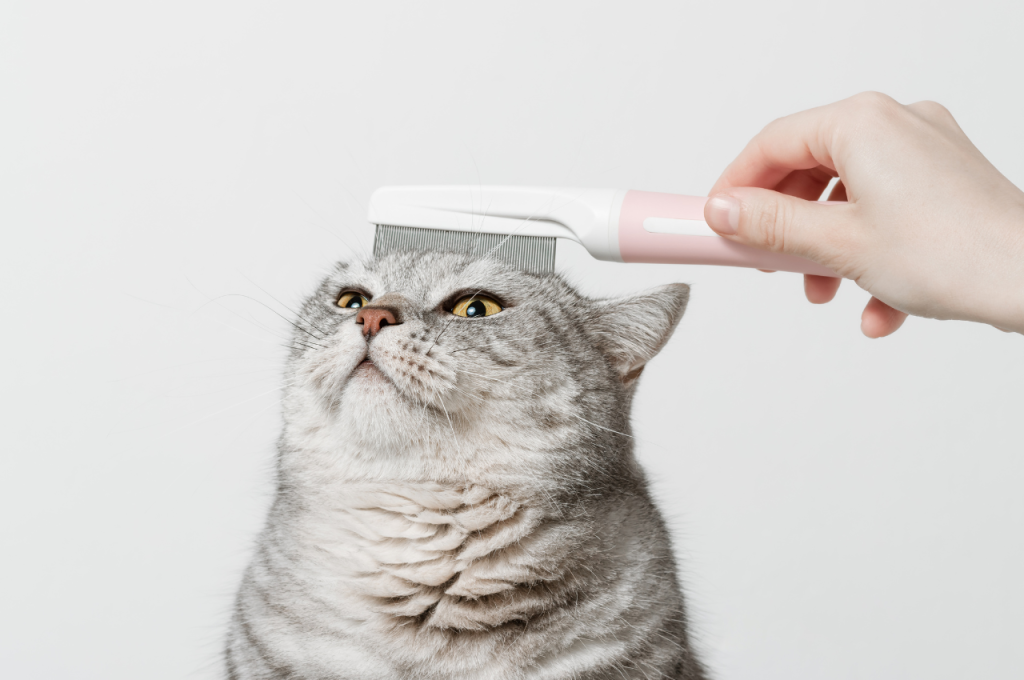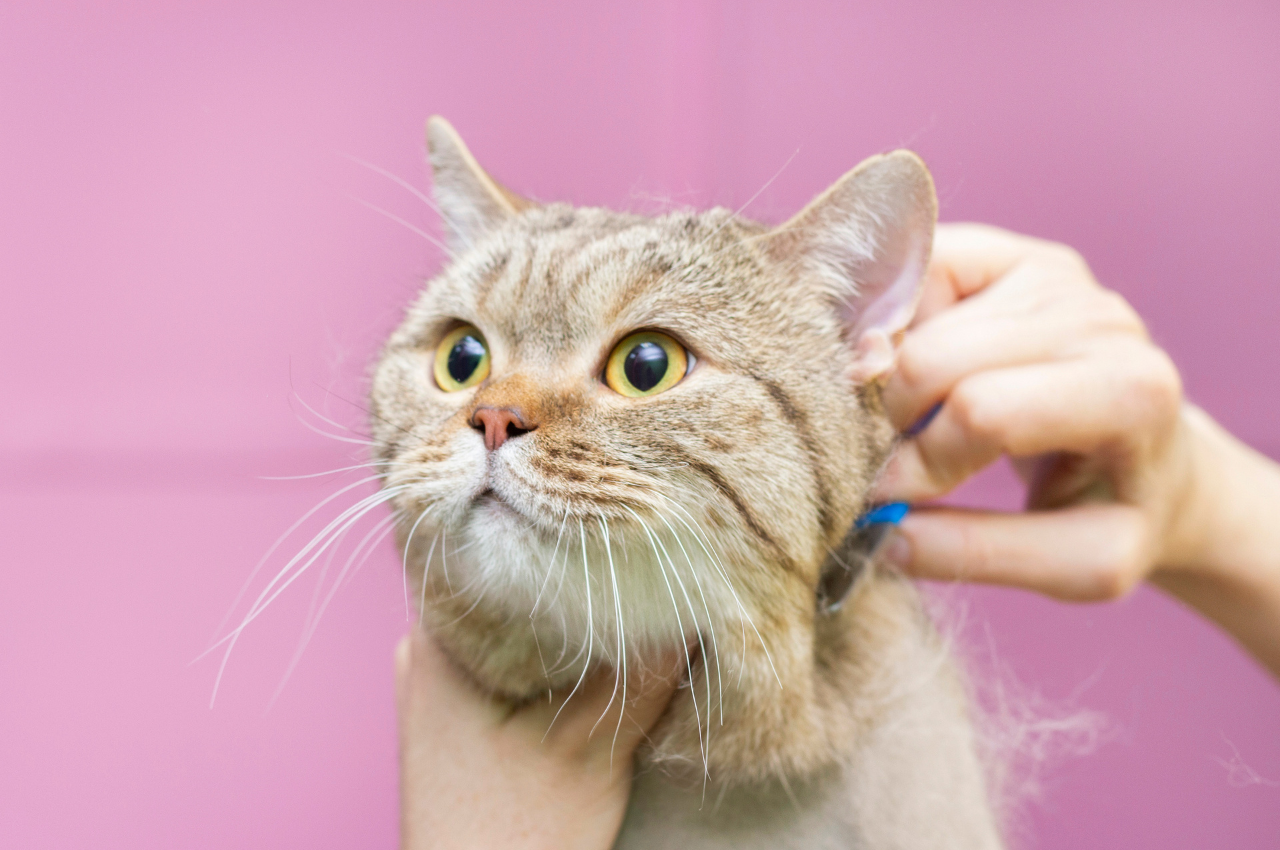While cat hair itself does not directly cause diseases, it can trigger allergies in certain individuals. Some people are allergic to a protein called Fel d 1 that is present in cat hair, dander, and saliva. These allergies can manifest as itchy eyes, sneezing, or even asthma symptoms. Regular grooming of your cat, keeping the house clean, and minimizing exposure to cat allergens can help reduce the risk of allergies and associated health issues.
When it comes to our beloved furry feline friends, many questions arise, including whether cat hair can cause any diseases. It may surprise you to learn that cat hair itself does not directly cause diseases. However, the proteins found in cat dander, saliva, and urine can trigger allergic reactions and asthma symptoms in susceptible individuals. This makes it crucial to understand the relationship between cat hair and health to ensure the well-being of both humans and their feline companions.
Clearing up misconceptions about cat hair and disease
Cat hair is a common concern among pet owners, as it tends to find its way into every nook and cranny of our homes. But does cat hair cause any diseases? In this article, we will delve into the topic to separate fact from fiction and provide expert insights on the matter.

It’s important to start by dispelling a common myth: cat hair itself does not directly cause diseases. The belief that cat hair can lead to illnesses stems from the misconception that allergens present in cat hair can be harmful. While it is true that some people may be allergic to cat dander, which includes tiny particles of skin and hair, it is the allergen rather than the hair itself that triggers allergic reactions.
To understand the relationship between cat hair and disease, it’s crucial to explore the role of allergens and the specific health issues they may cause. Allergic reactions to cat dander can manifest in various ways, including respiratory symptoms such as coughing, sneezing, and wheezing, as well as skin reactions like rashes and itching. In individuals with pre-existing respiratory conditions like asthma, exposure to cat allergens can exacerbate symptoms and potentially trigger asthma attacks.
Impact of Cat Hair on Allergies and Respiratory Conditions
For people with allergies or respiratory conditions, cat hair can play a role in exacerbating their symptoms. This is because cat dander, which includes both hair and skin particles, can carry allergenic proteins. When these proteins come into contact with an allergic individual’s immune system, they can trigger an allergic response.
It’s worth noting that the degree of allergenicity can vary among individuals and even among different cat breeds. Some people may have severe allergies to cat dander, while others may only experience mild or no allergic reactions at all. Factors such as the person’s sensitivity, the amount of allergens present in the environment, and the person’s overall immune system can influence how cat hair affects their health.
In addition to allergies, cat hair can also impact individuals with respiratory conditions, especially asthma. Asthma is a chronic lung disease characterized by inflammation and narrowing of the airways, leading to symptoms such as wheezing, shortness of breath, and coughing. While cat hair itself is not a direct cause of asthma, exposure to cat allergens can trigger asthma symptoms in susceptible individuals.
Research has shown that cat allergens can linger in the air and can be found on various surfaces of the home, including carpets, furniture, and curtains. These allergens can become airborne when disturbed, such as during cleaning or when a cat sheds its hair. This can pose a problem for individuals with asthma, as inhaling cat allergens can trigger an asthma attack.
Managing Cat Hair Allergies and Respiratory Issues
If you or a family member is allergic to cat dander or has a respiratory condition like asthma, there are steps you can take to minimize the impact of cat hair on your health:

- Keep the home clean and free of cat hair and dander by regularly vacuuming carpets, furniture, and curtains.
- Consider designating certain areas of the home as cat-free zones, such as bedrooms, to reduce exposure to cat allergens during sleep.
- Use high-efficiency particulate air (HEPA) filters in vacuum cleaners and air purifiers to trap allergenic particles more effectively.
- Frequently wash bedding, including pillows and blankets, in hot water to remove any cat allergens that may have accumulated.
- Minimize direct contact with cat hair and dander by avoiding petting, cuddling, or allowing cats into certain areas of the home.
It’s also advisable to consult with a healthcare professional or an allergist for personalized advice on managing allergies and respiratory conditions related to cat hair exposure. They can provide specific recommendations based on your circumstances and guide you in developing an effective management plan.
Maintaining Good Hygiene and Addressing Other Disease Risks
While cat hair itself may not cause diseases, it’s essential to maintain good hygiene practices to minimize any potential health risks associated with owning a cat. Cats can carry certain pathogens or parasites that can be transmitted through contact with their hair, feces, or saliva.

To reduce the risk of disease transmission, implement the following measures:
- Regularly wash your hands after handling your cat, especially before preparing or consuming food.
- Dispose of cat litter promptly and maintain proper litter box hygiene to prevent the spread of parasites like Toxoplasma gondii.
- Ensure your cat receives regular veterinary check-ups, vaccinations, and parasite prevention treatments.
- Avoid allowing your cat to roam freely outdoors, as they may come into contact with disease-carrying organisms.
By following these practices, you can minimize the potential health risks associated with cat ownership and ensure a safe and enjoyable environment for both you and your feline companion.
Conclusion
Cat hair itself does not cause diseases. However, cat dander, which includes hair particles, can carry allergens that may trigger allergic reactions in sensitive individuals. Cat allergens can also exacerbate symptoms in people with respiratory conditions like asthma. Individuals with allergies or respiratory issues need to take appropriate measures to minimize exposure to cat hair and dander.
Additionally, maintaining good hygiene practices and addressing other disease risks associated with cat ownership is crucial for overall health and well-being.
Frequently Asked Questions
Cat hair is a common concern for cat owners, as it tends to be everywhere. Many people wonder if cat hair can cause any diseases. In this FAQ, we’ll address some common questions about cat hair and its potential health risks.
Q. Can cat hair cause allergies?
A. Cat hair itself is not a direct cause of allergies. However, cat hair can carry allergens such as dander, saliva, or urine, which can trigger allergic reactions in susceptible individuals. These allergens can become airborne and cause symptoms like sneezing, coughing, and itchy eyes. It is important to regularly clean and vacuum your home to minimize the accumulation of cat hair and allergens.
In addition to cat hair, allergens can also be found on surfaces that cats frequently come into contact with, such as furniture or bedding. Regular grooming of your cat can also help reduce the amount of loose hair and allergens in your home.
Q. Can cat hair transmit diseases?
A. In general, cat hair itself is not a significant source of disease transmission. Most diseases that can be transmitted from cats to humans are typically spread through direct contact with the cat, such as through scratches or bites.
However, it’s important to note that cat hair can potentially carry bacteria, parasites, or allergens that may cause illness or aggravate existing conditions in certain individuals. It is essential to practice good hygiene, such as washing your hands after handling your cat or cleaning their litter box, to minimize the risk of disease transmission.
Q. Can cat hair cause respiratory problems?
A. For most people, cat hair alone is unlikely to cause respiratory problems. However, if you have pre-existing respiratory conditions such as asthma or allergies, exposure to cat hair and the allergens it carries can trigger symptoms and worsen your condition.
To reduce the impact on your respiratory system, it is important to keep your living environment clean and free of excessive cat hair. Regularly vacuuming, using air purifiers, and keeping your cat out of your bedroom can help minimize the risk of respiratory issues associated with cat hair.
Q. Can inhaling cat hair cause lung problems?
A. Inhaling cat hair is unlikely to cause significant lung problems on its own. However, if the cat hair contains allergens or irritants, it can potentially trigger respiratory symptoms in susceptible individuals or worsen pre-existing lung conditions.
If you experience persistent or severe respiratory symptoms after inhaling cat hair, it is advisable to consult a healthcare professional for further evaluation and guidance.
